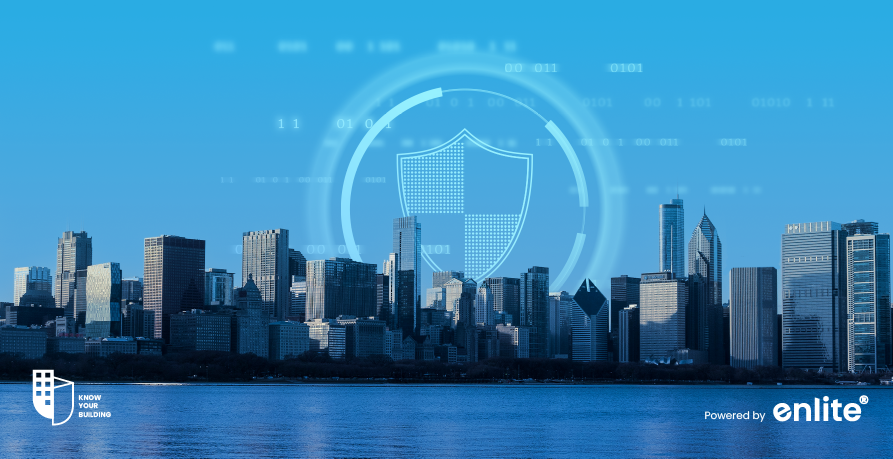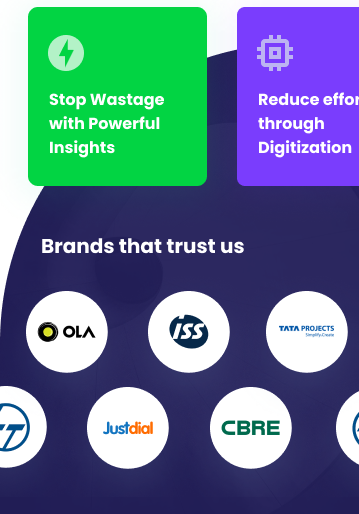Key Facts & Insights
- 70% of smart buildings are vulnerable to cyberattacks, with building automation systems being a primary target. (Source: IBM Security)
- Ransomware attacks on IoT devices increased by 700% in the past two years, posing a major risk to smart buildings. (Source: Cybersecurity Ventures)
- Unsecured IoT devices account for 57% of cyber intrusions in commercial buildings. (Source: McKinsey & Company)
- Implementing strong cybersecurity measures can reduce cyberattack risks by up to 85% in building automation systems. (Source: U.S. Department of Homeland Security)
Introduction
As buildings become smarter and more connected, cybersecurity threats in building automation systems (BAS) are rising. A breach in a building’s network can compromise security, energy management, access control, and tenant safety. Understanding the cybersecurity challenges and best practices in modern building automation is essential for safeguarding critical infrastructure.
1. The Growing Cybersecurity Threat in Smart Buildings
With IoT-enabled sensors, cloud-based management, and remote access controls, modern buildings are highly interconnected. However, this connectivity makes them susceptible to cyber threats such as:
- Unauthorized Access: Hackers exploiting weak credentials to gain control over building systems.
- Data Breaches: Theft of sensitive data, including tenant information and operational logs.
- Malware and Ransomware Attacks: Cybercriminals disrupting building operations and demanding ransom payments.
- System Manipulation: Hackers altering HVAC, lighting, or security settings to cause disruptions.
2. Key Cybersecurity Risks in Building Automation
- Weak Authentication Protocols: Many building systems still rely on default or weak passwords.
- Unpatched Software and Firmware: Delayed updates create vulnerabilities that hackers can exploit.
- Unsecured IoT Devices: Lack of encryption and proper network segmentation leaves systems exposed.
- Third-Party Integration Risks: Vendors and service providers accessing the network can introduce security loopholes.
3. Best Practices for Enhancing Cybersecurity in Building Automation
Implement Strong Authentication and Access Controls
- Use multi-factor authentication (MFA) for all system access.
- Restrict privileges to authorized personnel based on role-based access control (RBAC).
Regular Security Patching and Updates
- Ensure all IoT devices, software, and firmware are regularly updated to address vulnerabilities.
- Automate updates where possible to prevent delays in patching.
Network Segmentation and Encryption
- Separate building automation networks from IT and tenant networks.
- Use end-to-end encryption to protect data in transit and at rest.
Continuous Monitoring and Threat Detection
- Deploy AI-driven anomaly detection to identify suspicious activities in real-time.
- Use Security Information and Event Management (SIEM) tools to log and analyze security events.
Vendor Risk Management
- Evaluate third-party vendors’ cybersecurity policies before integrating their systems.
- Enforce cybersecurity compliance in contracts with vendors handling building automation.
4. The Future of Cybersecurity in Smart Buildings
Cybersecurity for smart buildings is an evolving challenge. Emerging trends include:
- AI-Powered Threat Detection: Using machine learning to predict and prevent attacks before they occur.
- Blockchain for Secure Transactions: Enhancing security in data exchanges between connected devices.
- Zero Trust Architecture (ZTA): A security model that ensures no device or user is trusted by default.
As smart building technology advances, so do the threats. Proactive cybersecurity strategies are critical for protecting infrastructure, maintaining operational efficiency, and ensuring tenant safety. Investing in robust security measures today will safeguard smart buildings against tomorrow’s cyber threats.














